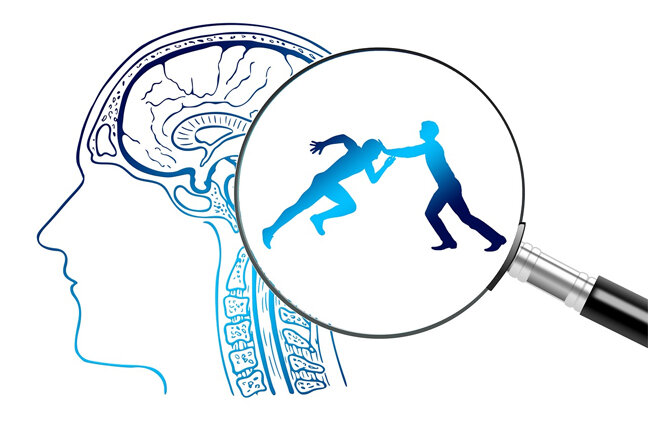
Introduction
Are you looking to take your fitness routine to the next level? Look no further than full-body cycling workouts! Cycling isn’t just for leg day anymore. By incorporating dynamic cycling movements into your routine, you can engage multiple muscle groups simultaneously for a comprehensive full-body workout. In this article, we’ll explore the benefits of cycling for total body fitness and provide you with a guide to creating your own effective cycling workout plan.
Why Choose Cycling for Full-Body Fitness?
Cycling offers a multitude of benefits beyond just cardiovascular health. When you’re pedaling away on a bike, you’re not only working your leg muscles but also engaging your core, arms, and back. This full-body engagement makes cycling a highly efficient workout option for those looking to maximize their time in the gym or at home.
The Power of Pedaling: Engaging Multiple Muscle Groups
One of the key advantages of cycling for full-body fitness is its ability to engage multiple muscle groups simultaneously. As you pedal, your quadriceps, hamstrings, and glutes work together to propel the bike forward. Meanwhile, your core muscles, including your abdominals and obliques, engage to stabilize your body and maintain proper form. Additionally, gripping the handlebars and pushing and pulling on the pedals activate your arm, shoulder, and back muscles, providing a comprehensive upper body workout.
Creating a Full-Body Cycling Workout Plan
Now that you understand the benefits of cycling for full-body fitness, let’s delve into how to create an effective workout plan. Start by incorporating a variety of cycling techniques and intensities into your routine to target different muscle groups and keep your workouts challenging and engaging.
Warm-Up and Cool-Down
As with any exercise regimen, it’s essential to begin with a proper warm-up and end with a cool-down to prevent injury and promote recovery. Start your cycling workout with a five to ten-minute easy-paced ride to warm up your muscles and increase blood flow. Likewise, conclude your workout with a five to ten-minute cooldown, gradually reducing your intensity to allow your heart rate to return to normal and help flush out lactic acid.
Interval Training for Maximum Results
Interval training involves alternating between periods of high-intensity effort and recovery. Incorporating intervals into your cycling workout can help boost your cardiovascular fitness, increase calorie burn, and improve muscular endurance. Try alternating between one to two minutes of high-intensity cycling (such as sprinting or climbing) followed by one to two minutes of low-intensity recovery (such as a slow-paced ride or active recovery).
Strength Training on the Bike
To further challenge your muscles and increase strength, incorporate resistance training into your cycling workouts. This can be achieved by adjusting the resistance level on a stationary bike or by incorporating hill climbs and sprints into your outdoor rides. Aim to include at least one or two strength-focused cycling sessions per week, focusing on maintaining proper form and using your leg muscles to power through the resistance.
Core Stability and Balance
Cycling also offers an excellent opportunity to improve core stability and balance. Focus on engaging your core muscles throughout your ride by maintaining a strong posture and avoiding excessive swaying or leaning. Additionally, you can incorporate specific core exercises into your cycling routine, such as seated or standing climbs with added resistance, or incorporating intervals of seated and standing sprints to challenge your balance and stability.
Flexibility and Mobility
Finally, don’t forget to include flexibility and mobility exercises in your full-body cycling workout plan. Cycling primarily involves repetitive motion in a seated position, which can lead to tightness and imbalances in the muscles. Incorporate stretching exercises for the major muscle groups used in cycling, such as the quadriceps, hamstrings, hip flexors, and calves, to improve flexibility and prevent injury.
Conclusion
With its ability to engage multiple muscle groups simultaneously, cycling offers a highly effective full-body workout that can help you reach your fitness goals. By incorporating a variety of cycling techniques, intervals, and strength training exercises into your routine, you can maximize your results and enjoy a fun and challenging workout experience. So hop on your bike, pedal away, and experience the transformative power of full-body cycling workouts! Read more about cycling full body workout







